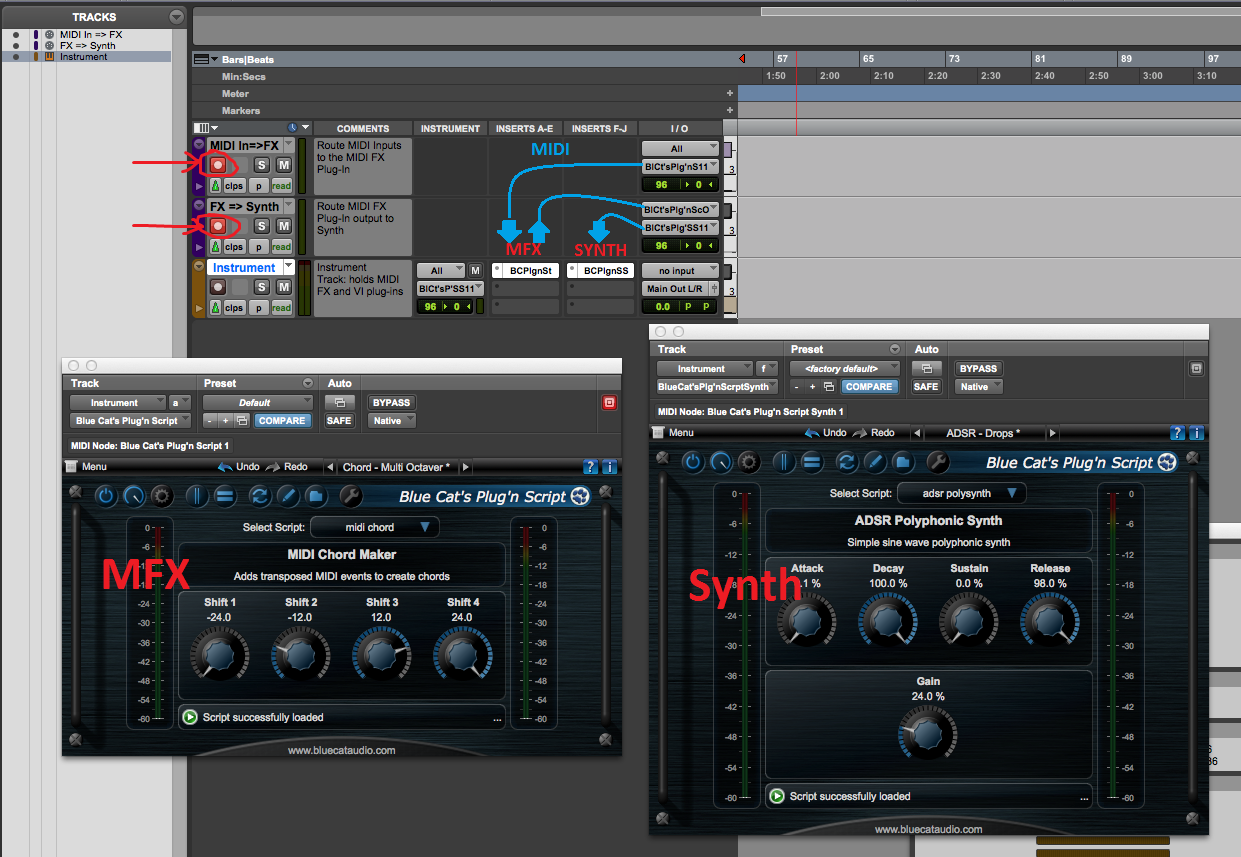

In this window you can set Record/Overdub to control the MPC Plug-in or Pro Tools, you may find yourself switching back and forth between these settings. In the Preferences Window, select the Hardware Tab.Open the MPC Plug-in Preferences by navigating to, Edit, Preferences.Navigate to Setup then I/O to set the input and output to the Default paths.Note: This will require you to restart Pro Tools after selecting a new Playback engine. Navigate to the Setup Menu at the top of your screen and select Playback Engine.Power on your MPC and use the included USB 3.0 cable to connect to an available USB port on your computer.Once the driver has been installed, proceed with the audio/MIDI setup. This will contain the drivers for your MPC. Once the product is registered, you will find the MPC 2.x installer in your Downloads menu under your Registered Products. If you haven't already, please make sure to create an account and register your MPC at. Important: The MPCs will require an additional audio/MIDI driver that can be installed from the MPC 2 Software installer package. This screen will be displayed until you open an instance of MPC on your computer, whether it be MPC 2.0 standalone or as a plugin. Your MPC will display a red screen saying that it is looking for your computer.



For those times when you need your favorite plugins, the MPC X effortlessly goes from a formidable standalone to a high-powered MIDI controller, explicitly designed to run the feature-rich MPC Software 2.0 in your favorite DAW. Whether you prefer to go computer-free or not, it can’t be denied that there are some fantastic-sounding VST instruments and effects out there. Modified on: Thu, 29 Sep, 2022 at 5:46 PM Solution home Akai Pro | MPC Series MPC Series | Training Akai Pro MPC | Complete Setup in Pro Tools


 0 kommentar(er)
0 kommentar(er)
